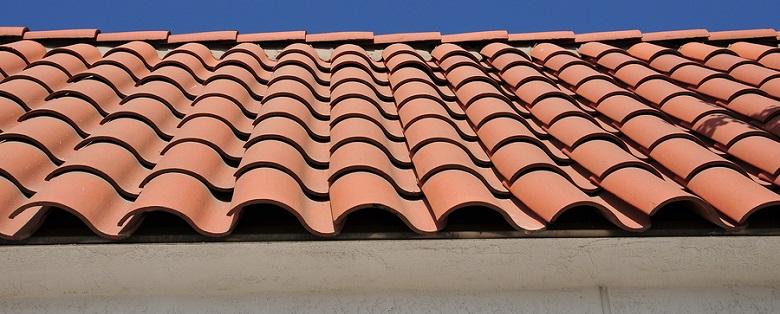
Tile is one of the more attractive and efficient types of residential roofing. Tile roofs are very beautiful and add great character to a home. It also provides a number of other benefits for homeowners to consider when deciding on the type of roofing material to use. When installed by experienced tile roof services, homeowners reap all the benefits and get an impressive-looking home, all in one. If a tile roof sounds like a good idea, read the following information to learn more and decide whether it may be a suitable roofing option.
Different Materials
Roofing tiles are made from a variety of materials, each of which have their own positive and negative qualities. Ceramic versions are made from either clay or terra cotta, while others are made from concrete or a mixture of fiberglass and cement. After baking, ceramic tiles retain the color of the material from which they were made, while concrete and cement can be easily dyed or color-coated.
All types can be durable against the elements; however, ceramic may be more susceptible to chips and breaks under certain conditions. As a whole, tile is not recommended where large debris could damage roofs; in most other settings, it does fine.
Styles and Colors
Tile roofing is made by molding different materials into attractively shaped pieces that lay over each other to create an interlocked, watertight surface when installed by experienced tile roof services. They are available in many different styles, including the wavy Spanish and curved Mission styles used on Spanish-influenced architecture as well as the more traditional French and interlocking styles common in Europe.
They are available in their natural state, colored only by the pigments in the clay or colored to look like slate or other material. Some types are even available in a wide variety of decorative colors that are added into the mix before molding or as a colorful coating after mixing.
Economic and Environmental Considerations
Roofing tile offers a number of important benefits in addition to how attractive these roofs can look. It is a very thermal resistant material that is highly effective at containing heat without allowing it to pass through the surface. In colder climates, it keeps the heat within the home; in hotter climates, it prevents heat from entering. Cooling and heating bills are considerably lower as a result. In addition to its great thermal properties, most tile can be safely and efficiently recycled since it is made from natural materials.
The Drawbacks of Tile
The two main drawbacks that homeowners must consider before choosing tile for their home is weight and cost. Ceramic and concrete roofing are exceptionally heavy once installed, so tile roof services must first determine if the structure of the building can safely support the weight. Secondly, it can be considerably more expensive than other types of roofs because the material is basically hand-molded and requires a larger-than-normal initial investment. Still, due to its extreme durability that is much longer than most other material, it may be worth the extra cost.
There are many positives for homeowners to consider when thinking about installing tile roofs. Not only is it very beautiful and available in many different shapes and colors, it is very environmentally-friendly and cost-effective as well. On the contrary, tile does have a high installation cost from tile roof services and may not be suitable for all homes or in all locations. Still, any homeowner who chooses this material will surely be pleased with its performance and how beautiful it looks on their home!